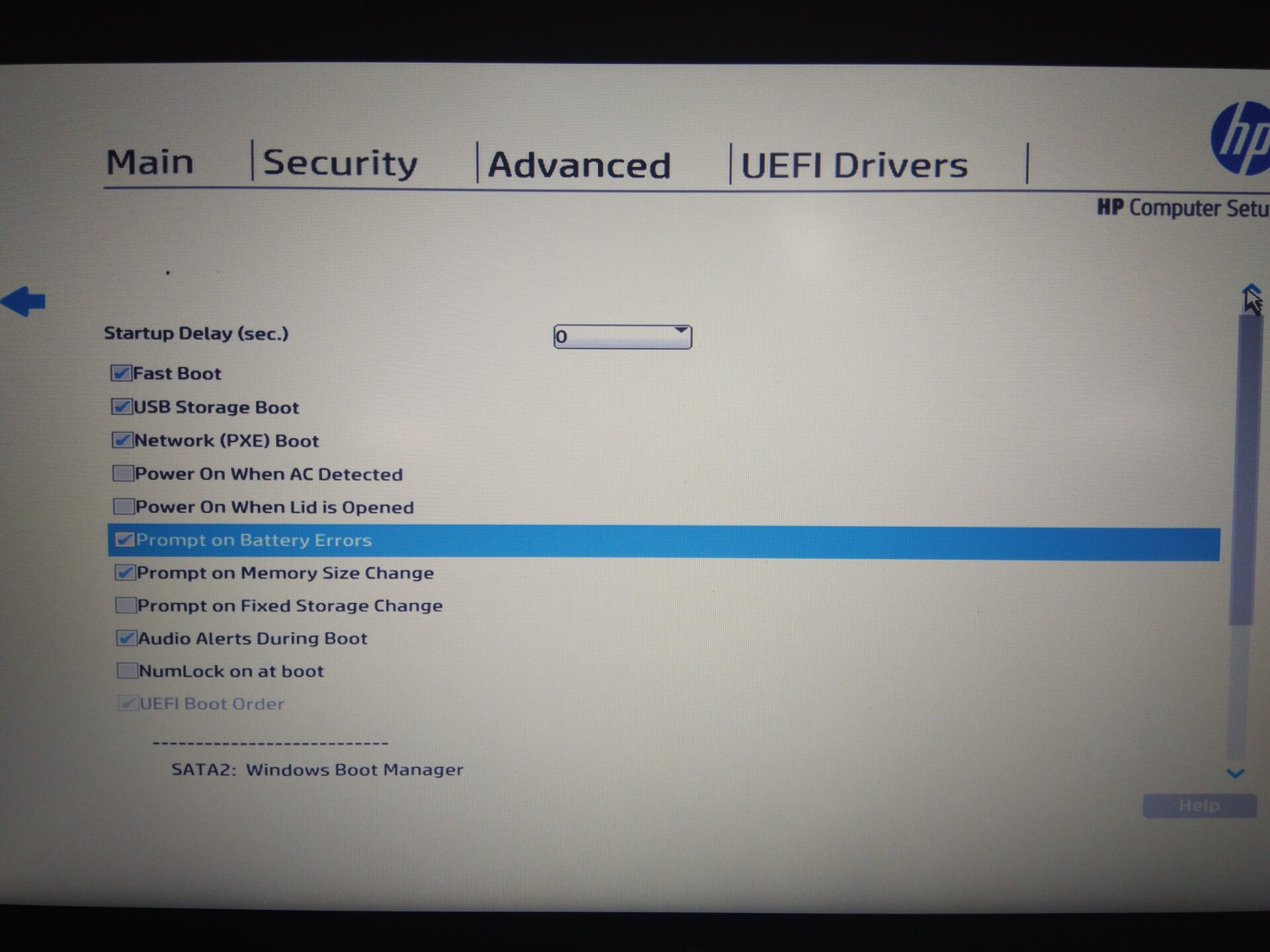

- #Clover efi bios legacyb uefi install
- #Clover efi bios legacyb uefi full
- #Clover efi bios legacyb uefi software
- #Clover efi bios legacyb uefi windows

CloverEFI firmware emulation and CloverGUI take care of a great amount of tasks to correct the internal tables and provide a possibility to run macOS. Neither is it possible to boot macOS with the original DUET firmware emulation. It is not possible to boot macOS from the built-in UEFI. (U)EFI is not only present during the booting of an OS, but it also creates tables and services that are accessible to the OS, and the operability of the OS depends on the correct functionality of (U)EFI. Legacy boot is used for the last one, that is, the old BIOS system is used to handle boot sectors.
#Clover efi bios legacyb uefi windows
An operating system (OS) may support (U)EFI (macOS, Windows 7, 8, or 10, Linux) or not (Windows XP).
#Clover efi bios legacyb uefi full
However, reality is different and achieving a full compatibility to all platforms is impossible.Ĭlover is an operating system boot loader for computers already equipped with an UEFI firmware and for those equipped with legacy BIOS firmware. In contrast to BIOS based firmware that takes 64kb space and uses a 16-bit processor mode, (U)EFI is 32-bit or 64-bit, allows use of this full range of memory, and in theory positions itself as platform-independent.
#Clover efi bios legacyb uefi software
If you are stuck or need some help, comment below and I will try to help as much as possible.The (Unified) Extensible Firmware Interface or (U)EFI is a software interface between an operating system and the platform firmware. This eliminates the tedious troubleshooting process.
#Clover efi bios legacyb uefi install
If that’s the case then it is better to install Windows 10 in UEFI mode directly. Or, your system isn’t compatible with BIOS to UEFI conversion due to hardware or software limitations. If you see errors like “cannot be converted” or “mbr2gpt failed” then it is possible that one or more of the above-listed requirements are not met. If you don’t switch your firmware from BIOS to UEFI after converting, you cannot boot into the operating system. Once you do that, Windows 10 will boot normally. Now, reboot the system, boot into BIOS and select UEFI firmware. If the command is successful “Conversion completed successfully” message. mbr2gpt /convert /allowfullOSĪs soon as you execute the command, Windows starts the BIOS to UEFI conversion process. In the Command Prompt window, execute the below command. Open the start menu, search for “Command Prompt”, right-click on it and select “Run as administrator” option. So, create a full backup of your system just to be safe. Note: The conversion process cannot be undone once started. If you are using a sperate dedicated drive for Windows 10, like an SSD, then you are good to go.


 0 kommentar(er)
0 kommentar(er)
